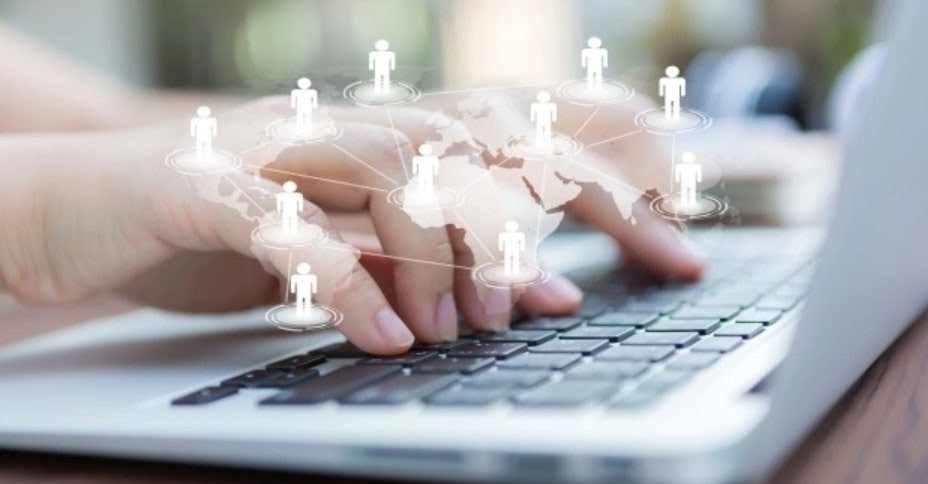Accenture was one of the first companies to successfully predict that digital twins will be the top trend in 2021. As the year went by, global leaders in consultancy and systems integration adopted the digital twins practice. Digital twins are used all around the world in manufacturing, product development as well as in supply chains. In order to make business practises more efficient and streamlined, most experts believe that the digital twin technology will be adopted by most sectors, firms and industries, in the UK, and throughout the world, in 2022.
The beauty of the digital twin technology is that it can be infused into almost every sector and every industry, be it design, construction, engineering, product design, manufacturing or supply chain management. In 2022, digital twins technology is highly likely to be integrated into core industries such as medicine, construction, manufacturing and most importantly, digital twins technology will be used to further advance sustainability. Whether potential buyers are looking for properties for sale in Cheltenham, manufacturers are looking to make the shift towards smart manufacturing or construction companies are looking at the quality of their building, digital twins can, and will be, the future of economic development. Without a doubt, incorporating digital twin technology is the future of the UK housing market in 2022! Let’s talk about the concept of digital twin technology and its use in the housing industry.
What is digital twin technology?
Essentially, a digital twin is a virtual representation that acts as a digital counterpart for an object or a process, in real-time. Initially, this concept originated from NASA in 2010. In the UK, the National Digital Twin project is run by the Centre for Digital Built Britain. To ensure the success of this project, there is a partnership between the UK Department for Business and the University of Cambridge.
How did digital twin technology work?
In simple words, a digital twin is a virtual model of an object or a process. It is all about turning something physical into something virtual. Typically, the process starts with the virtual shape of the object or process. Then, additional information and data are added to the virtual model, such as real-time data about how it works, how it performs, how it processes, how it moves and so on. For example, one is to create the digital twin of an apartment building, factors such as electricity usage, dimensions, power supply, details about in-built sensors etc will be fed into the system so that the digital twin can essentially become a virtual prototype of the real thing. Then, digital twin technology can be used to assess the impact of any potential changes, monitor the actual asset and even understand how the asset can be better managed or controlled.
For example, construction companies and engineers can create a digital twin of their upcoming building. After feeding all the data, the companies and engineers will have a plethora of information available to them such as the possible flaws in the framework, the effectiveness of the air-conditioning systems, the functioning of the fire alarms, the working of the elevators, the efficacy of the security systems, and so on. By using digital twins, construction companies and engineers will be able to try out their designs and plans virtually, before trying them out in the real world. Essentially, the digital twin technology is essential and crucial for the early stages of planning and designing.
How will the digital twin technology be used in the property market in 2022?
For one, estate agents and estate companies can use digital twin technology to create virtual models of homes and apartments. Think of it as a 3D model, but instead, potential buyers will be able to look at the property as if they were actually there. Potential buyers can actually tour the property, they can get an idea of the spacing and the floor plan, they can measure the property and most important of all, potential buyers can get a real feel of the property, without actually going to the property.
Also, digital twin technology can be of great use to building managers and owners. By creating a digital twin of the existing building, building managers will be able to know what needs to be repaired and what things need to be fixed without actually walking through the building. Some experts say that the digital twin technology is actually a breakthrough in building maintenance!
Also, digital twins can actually help homeowners and estate agents with energy savings and maintenance savings. Basically, the virtual digital twin will allow homeowners and agents to check whether the property is energy efficient, which in turn will decrease energy bills and reduce maintenance. Furthermore, since digital twins can provide diagnosis and predictive maintenance, homeowners will be able to find malfunctions and underperforming parts much quicker than usual. Essentially, digital twins can help in energy saving and can help diagnose any problems virtually.







